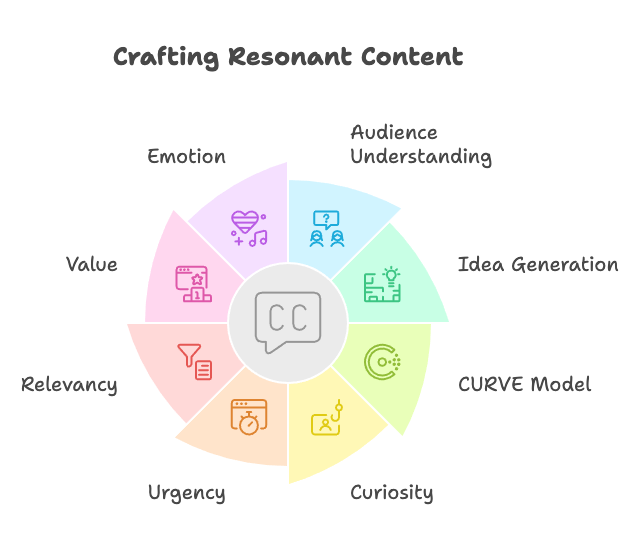Search engine optimization (SEO) is a surprisingly complex discipline. The ways it has evolved in just the past few years alone are staggering. How can anyone be expected to keep up?
To be frank, you can’t. And you don’t really need to, for the most part. All the major changes Google made to its search engine are all create a better user experience and to help users find the best, most relevant results possible in the least amount of time.
Here are a few core SEO strategies to help you align your content, website, and marketing with that goal.
Give Your Site Value
Why is the user here, and how well have I met their needs?
That’s the question you need to ask about every single page on your site. Every single element, no matter how small, should be designed with your audience in mind. We aren’t just talking about content, either.
Your website must be easy to navigate and aesthetically pleasing. It must load quickly, avoiding resource-heavy design elements like flash and javascript. It must be navigable on mobile devices.
And perhaps most importantly, each page on your site must answer a particular question or serve a particular need, while also gently guiding the user to further engage with your content.
Externally, focus on building relationships with businesses and brands that will allow you to provide better, more relevant content and services to your audience. Work with people based on what you can do for one another, rather than focusing on getting inbound or outbound links. Attend industry events and network with people face-to-face, rather than solely trying to get placements through digital cold calling.
Create Compelling Content
The best content resonates with its audience. It’s written for humans first, and search engines second. While keywords and audience personas are still important when it comes to determining what you write, it’s how you write it that really matters in the long run.
Again, ask yourself why your audience is here. What question do they want you to answer? What need do they want you to fulfill? Which service do they want you to provide?

Your content should grow organically from these three questions. To help yourself establish a list of ideas, check out sites like Quora or Answer The Public. You can also browse social media to see what people are talking about, and what they’re asking.
Finally, social media week, a leading publication on social and content marketing, recommends using the CURVE model:
- Create Curiosity with a compelling hook and a good title.
- Foster a sense of Urgency for sales-focused content.
- Focus on Relevancy in your writing, and stay away from anything your audience might not be interested in hearing.
- Provide Value to visitors, both in what you create and the services you provide.
- Consider the Emotion you want your content to inspire.
Get Social
Last but certainly not least, if your business doesn’t already have a presence on social, it should. While social shares don’t have a direct impact on your site’s rankings, visibility on sites like Facebook and Twitter have a proven impact on traffic. Moreover, in a 2018 study by social monitoring agency Hootsuite, it found that there’s a positive correlation between social engagement and PageRank.
The more engaged people are with a brand on social, the higher it’s likely to rank on Google.
Create a Facebook business page. Chat with your audience on Twitter. Publish some cool photos on Instagram or some videos on YouTube.
Conclusion
Technical SEO still has an important part to play. But there are tools to help you master that. What those tools don’t do is teach you to take a more user-focused, content-first approach.
Start with that, and everything else should fall into place.




